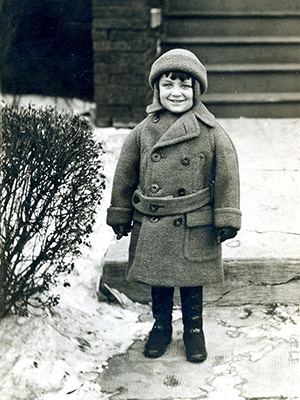
1920
Jerome (“Jerry”) Ackerman is born on January 29 in Detroit, Michigan, to Louis Ackerman and Esther Greenberg. His brother, Bernard, is 12 years older. 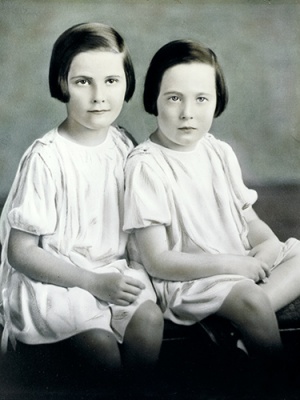
1924
Evelyn Lipton is born on January 12 in Detroit, Michigan, to Jacob Lipchinsky and Sarah Turetzsky. She is the youngest of five, joining brothers Leo, Raymond, and Milton and her twin sister Rosyln. The family later shortens its name to Lipton. 
1939
Jerome graduates from Detroit’s Central High School where he was class president, played varsity tennis, and was advertising manager of the newspaper. He enters Wayne University (now Wayne State University) as an art major. 
1941-1943
When the United States enters World War II, Jerome leaves Wayne, works at a naval ordnance plant, then joins the Air Force. He serves in Germany as a control tower operator. 
1941-1942
Evelyn, a top student, graduates from Detroit’s Central High School and enters the University of Michigan as an art major. She transfers to Wayne University in 1942 after her father dies and her brothers enlist. 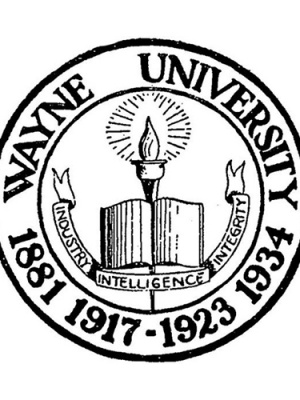
1945
Evelyn receives a BFA degree with a minor in art history (with distinction) and continues on to graduate school at Wayne on a scholarship. 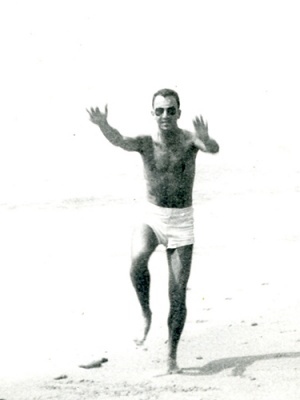
1946
Jerome is discharged from the military and spends some time in Los Angeles enjoying the beach and the sunny climate. After six months he decides to return to his family and friends in Detroit. 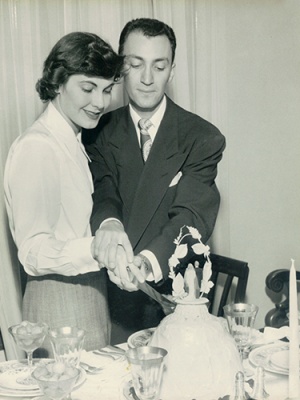
1948
Jerome and Evelyn meet at her sister-in-law’s studio, Lucé Lipton Interior Designs, where Evelyn works part-time. They marry the next year, on September 12, 1948. 
1949
At the Detroit Institute of Art’s exhibition “For Modern Living,” organized by architect Alexander Girard, Evelyn and Jerome see the innovative contemporary designs of Ray and Charles Eames, George Nelson, V’soske, and others. They are inspired to pursue careers combining their design and fine arts training. 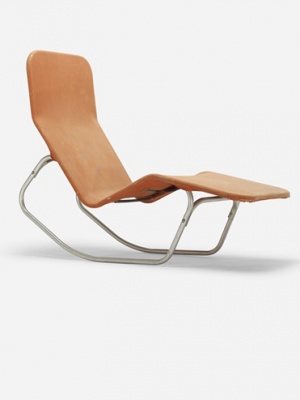
1949
While visiting Los Angeles, the Ackermans befriend Beatrice Wood, Gertrude and Otto Natzler, John Follis, and Max and Rita Lawrence. They buy a Barwa chair from Stan Hawk and drive it back to Detroit on the roof of their Raymond Lowey-designed Studebaker car. 
1951
At Wayne, Evelyn completes her MFA and Jerome receives his BA degree in education, together with an art teaching credential, at the same graduation ceremony. Charles Harder, chairman of the prestigious graduate ceramics program at Alfred University, juries the Wayne senior art show. Impressed by Jerome’s work, Harder invites him to Alfred. 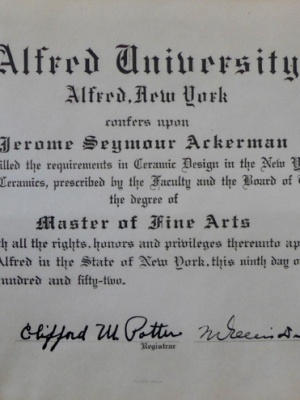
1952
Jerome completes his MFA in ceramics in one year and graduates from the New York State College of Ceramics at Alfred University. 
1952
The Ackermans move to Los Angeles and open a small studio on Federal Avenue, near a ceramics factory designed by architect A. Quincy Jones for Sasha Brastoff. They name their first venture Jenev Design Studio, a combination of their first names. 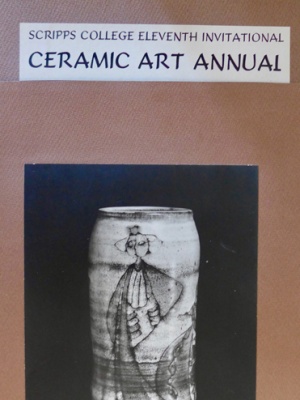
1953
Scripps College Invitational Ceramic Art Annual includes Jerome's ceramics along with Peter Voulkos, Harrison McIntosh, Otto Natzler, and Marguerite Wildenhain. It is one of many ceramics shows in which he participates. 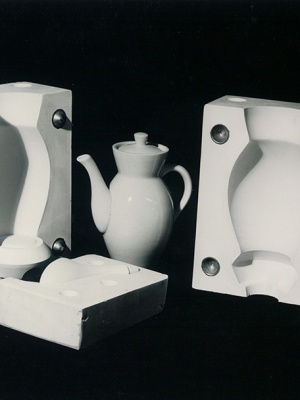
1953
Jerome spends the first year at Jenev developing shapes, making molds, and creating glazes for a group of slip cast ceramics. Evelyn decorates some of the pieces. Jenev pieces are included in California Design I at the Pasadena Art Museum. 
1954
Evelyn earns extra money working as Red Skelton's secretary in charge of fan mail. 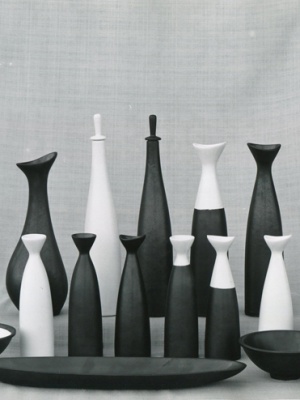
1954
Jerome makes his first ceramics sale to Jules Seltzer, a prominent Los Angeles modern furniture store. Paul McCobb features Jenev pieces in his Directional Furniture showrooms. 
1955
California Designed, Long Beach Art Museum and de Young Museum in San Francisco, exhibited 325 objects and furniture including Jenev ceramics and mosaic tables. 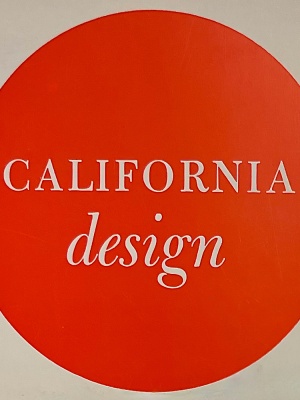
1955
California Design I, the first show at the Pasadena Art Museum, showcased Jenev ceramics. 
1955
Designer Paul Palmer commissions Evelyn to create a series of mosaics for the Mammoth Mountain Inn. The J. L. Hudson Company in Detroit features Jenev ceramics and the Detroit News publishes an article about the Michigan natives. 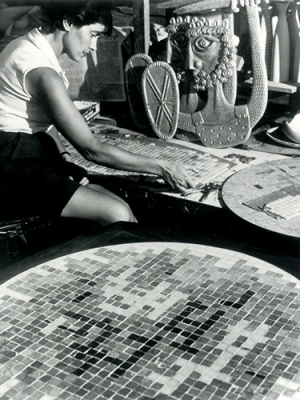
1955
Inspired by a contemporary mosaic panel in a San Francisco art exhibition, Evelyn works with Jerome to design and produce mosaic panels and tables. 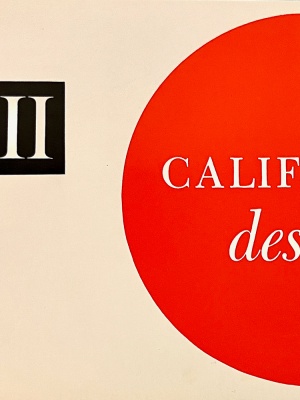
1956
The Ackermans’ work is included in California Design II, Pasadena Art Museum. 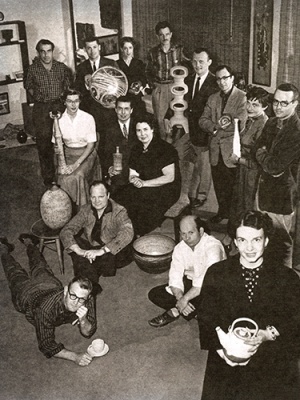
1956
During this time, they associate with fellow potters Peter Voulkos, Otto and Vivika Heino, and Laura Andreson, among other craftsmen. They attend a meeting of the American Ceramic Society, design division, and become members of the American Craftsman Council. 
1956
Evelyn designs a two-story mosaic mural, Fantasy Landscape, for the exterior of an apartment building on Kiowa Avenue in West Los Angeles. It is registered with the Los Angeles Mural Conservancy. 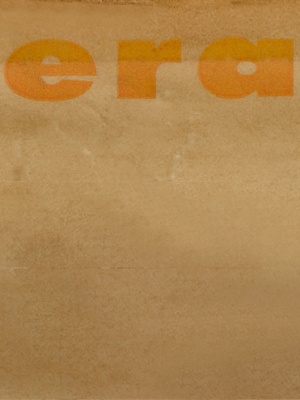
1956
Jenev becomes ERA Industries when the Ackermans form a partnership with Jerome’s high school classmate, architect Sherrill Broudy. Several years later the Ackermans buy Broudy out but keep the company name. 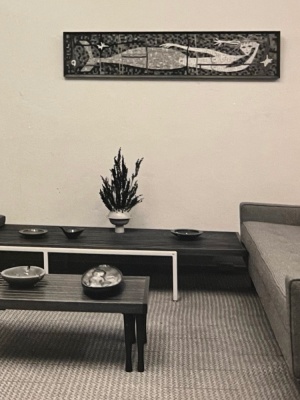
1957
California Design III, Pasadena Art Museum (and traveling exhibit), featured Ackerman works in different mediums including tapestry, aluminum, and mosaic. 
1957
Evelyn’s first tapestry design, Hot Bird, is handwoven in Mexico. In a partnership with a workshop outside of Mexico City that will last for years, dozens of Evelyn’s designs are produced. Comissioned by architect Robert Mayer, Evelyn designs and Jerry produces a series of etched anodized aluminum panels. 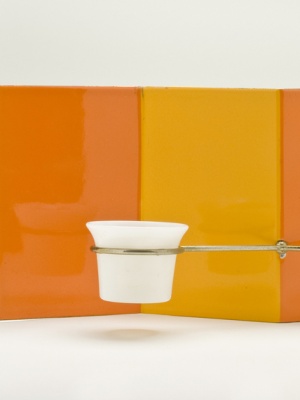
1958
Jerome designs a colorful collection of porcelain-enameled metal wall sconces and candleholders. 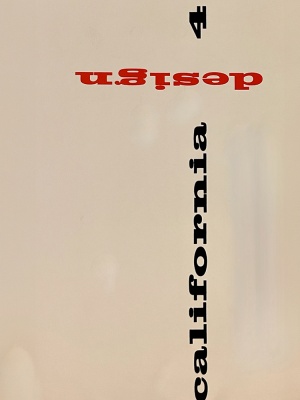
1958
The Ackermans’ work is included in California Design 4, Pasadena Art Museum, and featured in the Los Angeles Times Home magazine. 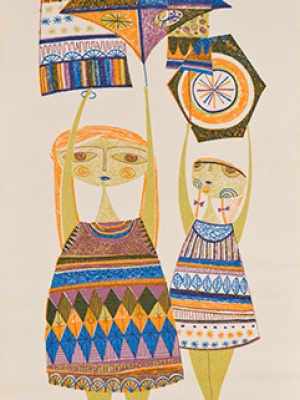
1958
Experimenting with new materials, Evelyn explores the silk screen process and produces a series of designs on various materials, with Kites as her first design. 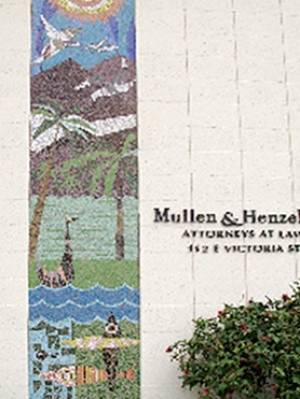
1958
Evelyn designs an exterior mosaic mural, Sea, Land, and Sky, for a Louis Mazzeti office building on Victoria Street, Santa Barbara. 
1959
Evelyn designs and they produce their initial group of carved-wood bas-relief wall panels, the first of which is St. George and the Dragon. Jerome employs the multiple-spindle machine used in the furniture industry to rough out carvings that are hand finished. 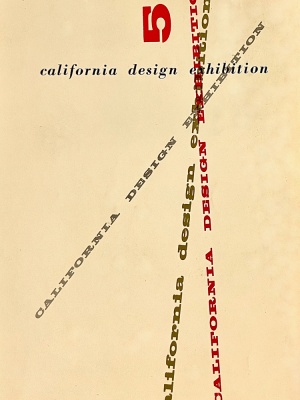
1959
California Design 5, Pasadena Art Museum, includes tapestries, mosaics, and carved wood pieces designed by the Ackermans. 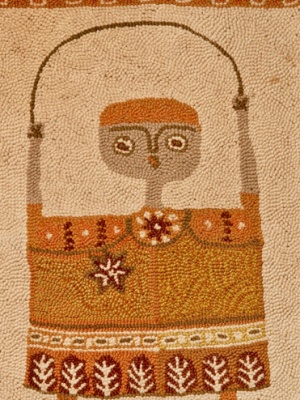
1959
Evelyn experiments with the hand-hooking technique, leading to a group of designs for area rugs that are produced in Japan. Unable to compete with large rug manufacturers, they produce smaller pieces for use as wall hangings, adding new designs over the years. 
1960
As ERA Industries grows, Jerome’s increasing responsibilities for design, production, and marketing necessitate the discontinuation of the Jenev ceramics line. The Ackermans’ daughter, Laura, is born. 
1960
During the period when the Ackermans designed rugs, many were featured in California Design 6, Pasadena Art Museum, installations. 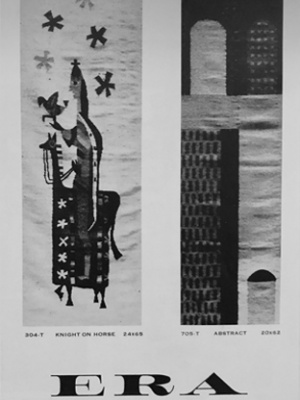
1961
To make their work more visible to the design and architecture trades, the Ackermans move the ERA showroom to Melrose Avenue at San Vicente Boulevard. Pacific Design Center will later be built across the street. 
1961
Hot Summer Landscape, installed in the California Design 7 at the Pasadena Art Museum, is one of three tapestries along with woodcarvings included in the show. 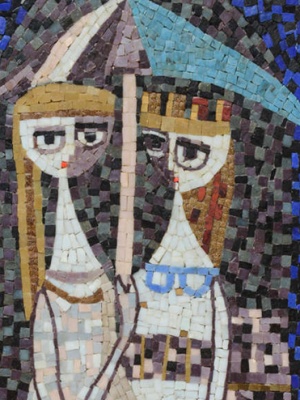
1961
Evelyn designs and produces a mosaic wall panel, Women Under an Umbrella, which is selected by leading interior designer Henry End for the Carlton Towers Hotel, London. 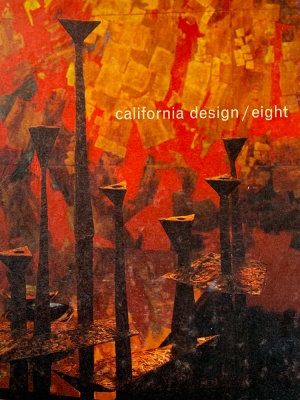
1962
Eudora Moore becomes director of California Design 8 and includes multiple Ackerman designs of tapestries, hookings, door pulls, and mosaic in the first triennial at the Pasadena Art Museum. 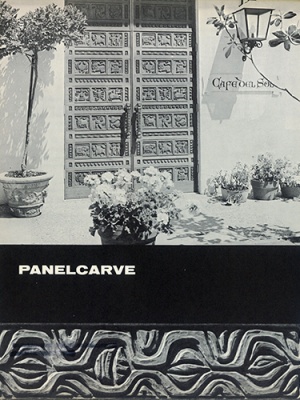
1963
Evelyn designs a series of modular carved-wood panels to be used as architectural applications by former business partner Sherrill Broudy, who forms Panelcarve (later called Forms+Surfaces). 
1963
Employing a new material, hydrostone, Evelyn creates a series of nursery rhyme bas-relief plaques and functional three-dimensional pieces. 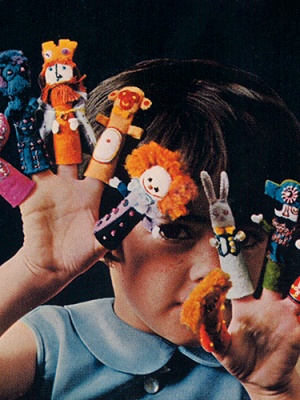
1964
Evelyn creates do-it-yourself finger puppet kits as a fund-raiser for her daughter’s nursery school and they are later sold through ERA and featured in House and Garden. 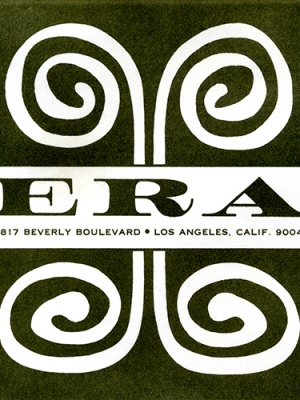
1964
ERA outgrows the showroom on Melrose and moves to Beverly Boulevard in the heart of the design trade and across from Herman Miller. 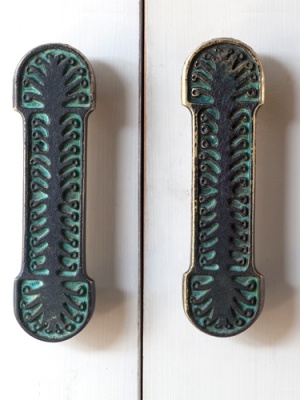
1965
Responding to a market need for well-designed, contemporary cabinet hardware, Jerome designs the Antico line of hand-cast solid brass knobs and pulls, some with inlays, and has them produced in Italy. 
1965
California Design 9, Pasadena Art Museum, highlights a wide variety of materials and applications with more than 50 Ackerman pieces included in the shows by 1965. 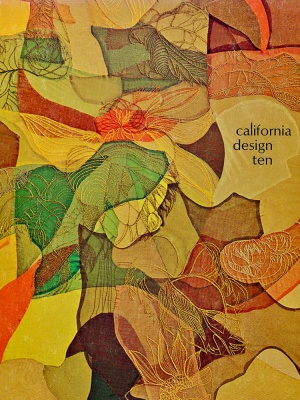
1968
Ackerman designs are shown at both the Pasadena Art Museum and California Exposition for California Design 10. 
1968-1970
As artist-in-charge, Evelyn creates a set of 12 needlepoint wall hangings for the corporate offices of Litton Industries, Beverly Hills. The 6' x 8' tapestries are hand embroidered by skilled artists in Greece based on full-size drawings. 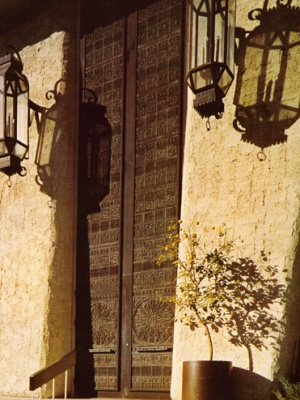
1971
Evelyn’s carved wood modular series Uccello, for Forms+Surfaces, is used for the doors and transom of the Alan Ladd Building, Palm Springs. 
1971
The Ackermans' work is included in California Design XI, Pasadena Art Museum. They participate in all 13 exhibitions (1954-1976). 
1971
Evelyn designs a set of 20 modular Animal Woodblocks, which are marketed by both Forms+Surfaces and ERA. 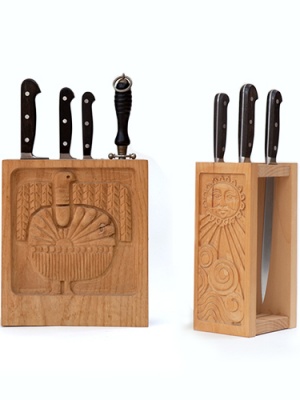
1973
Jerome adapts Evelyn's carved wood plaque designs to a variety of practical uses, including plant holders called "plant huggers" and a gourmet line of knife holders, spice racks, and other kitchen accessories. 
1975
Evelyn, a nationally recognized antique toy and doll expert, coauthors Schoenhut’s Humpty Dumpty Circus from A to Z, the first of five books and hundreds of articles on antique toys. 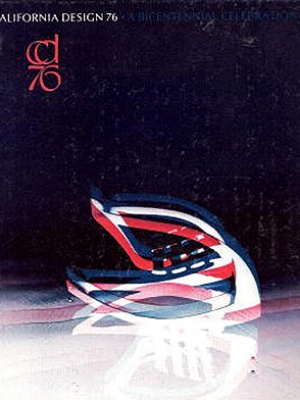
1976
The Ackermans' work is included in the final show, California Design 76, presented at the Pacific Design Center. 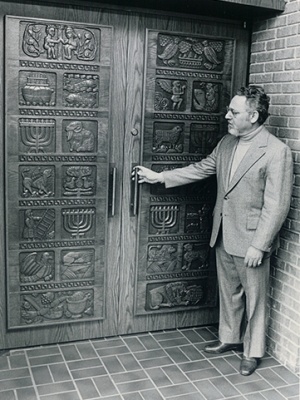
1979
Evelyn designs four pairs of carved oak doors for the sanctuary at Congregation Ahavas Israel, Grand Rapids, Michigan, in memory of her twin sister, Roslyn. 
1979
After many successful years on Beverly Boulevard, the Ackermans, in association with Forms+Surfaces, move the ERA showroom to the Pacific Design Center, across the street from the location of their second Los Angeles showroom in the 50s. They are on the “contract floor” with Herman Miller and Knoll. 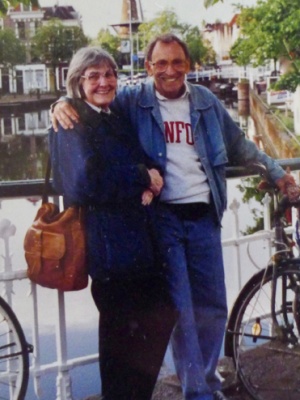
1980
Evelyn and Jerome slow the pace of manufacturing. Evelyn stops designing new products for ERA and Forms+Surfaces. They move from the showroom in the Pacific Design Center into a converted warehouse. Jerome continues to sell ERA products as well as represent several quality lines. 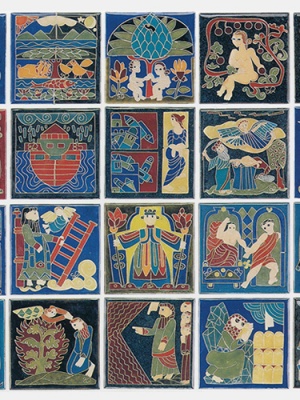
1980
Evelyn spends a year and a half creating a 40-piece series of cloisonné enamels, Stories from the Bible. The series is now in the permanent collection of the Renwick Gallery, National Museum of American Art, Smithsonian Institution, Washington, D.C. 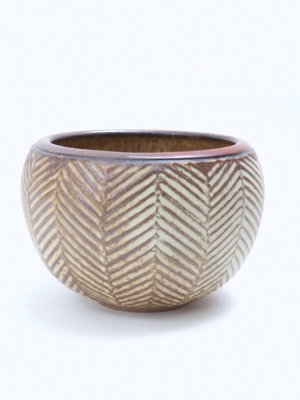
1990
Jerome, semiretired, hand throws one-of-a-kind ceramic pieces that are sold in galleries and shown in numerous southern California exhibitions. 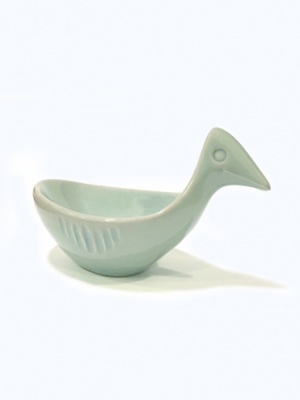
1990
In response to the renewed interest in modernism, Jerome produces select Jenev ceramic pieces in porcelain using the original molds. 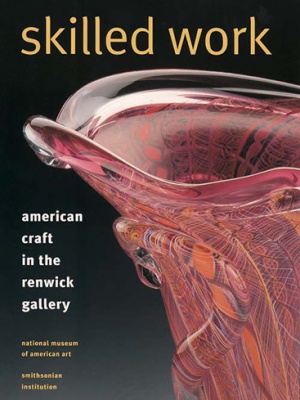
1997
Evelyn’s Stories from the Bible are selected for the 25th anniversary exhibition and book Skilled Work: American Craft in the Renwick Gallery, National Museum of American Art, Smithsonian Institution. They are featured in the Washington Post. 
1997
Evelyn and Jerome are among a select group of artists and designers honored as Legends of Design during West Week, Pacific Design Center, Los Angeles. 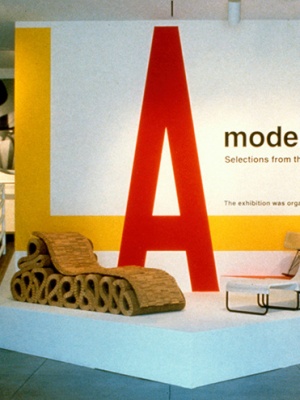
1998
Featured Artist, Jerome Ackerman, Del Mano Gallery, Brentwood; L.A. Modern and Beyond, Los Angeles County Museum of Art at the Pacific Design Center; Color and Fire: Defining Moments in Studio Ceramics, 1950–2000, Los Angeles County Museum of Art. 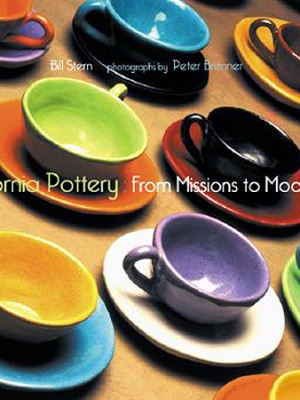
2000
California Pottery: Mission to Modernism, Museum of Modern Art, San Francisco. 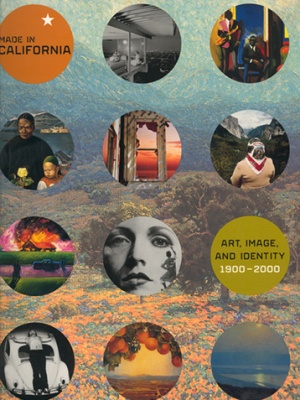
2001
Made in California: Art, Image and Identity, 1900–2000 at the Los Angeles County Museum of Art pairs 1950s Jenev ceramics and Eames furniture. 
2004
Jerome’s ceramics in Ink & Clay 30, Kellogg University Art Gallery, California Polytechnic University, Pomona; Evelyn’s Stories from the Bible included in Envisioning Jacob’s Ladder: Religion, Representation and Allusion in American Visual Culture 1750–2000, Iris and B. Gerald Cantor Gallery, Holy Cross College, Worcester, Massachusetts. 
2005
The Ackermans' work is included in the book California Design: The Legacy of West Coast Craft and Style by Jo Lauria and Suzanne Baizerman. 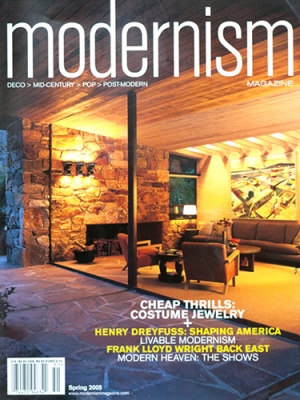
2005
“Design Duo Jerome and Evelyn Ackerman” by Jeffrey Head appears in Modernism magazine. 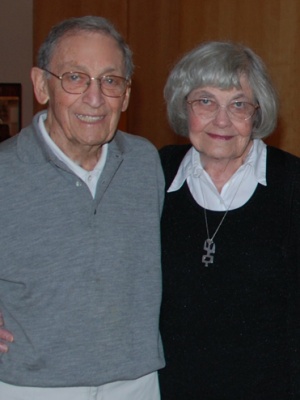
2008
Jerome and Evelyn celebrate their 60th wedding anniversary on September 12. 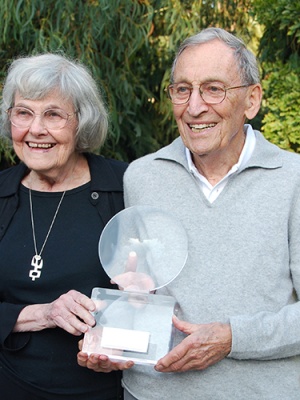
2008
The Ackermans are honored with the Henry Award by the Museum of California Design for their contribution to mid-century California design. 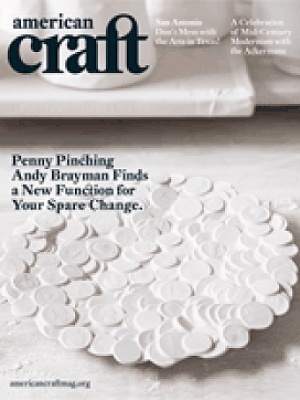
2009
“Masters of Mid-Century California Modernism” by Joyce Lovelace appears in American Craft magazine. 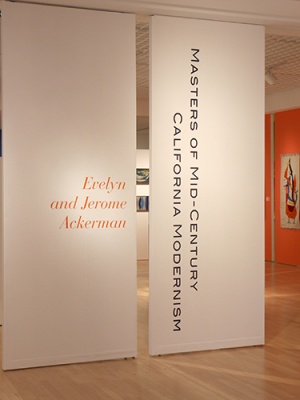
2009
The first retrospective of their life and work, Masters of Mid-Century California Modernism: Evelyn and Jerome Ackerman, opens at the Mingei International Museum, San Diego, California. 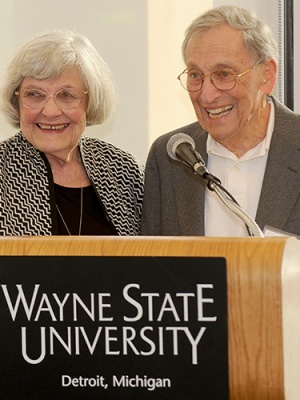
2010
The Ackermans receive the Wayne State University Distinguished Alumni Award for distinguished accomplishments, contributions, and service. 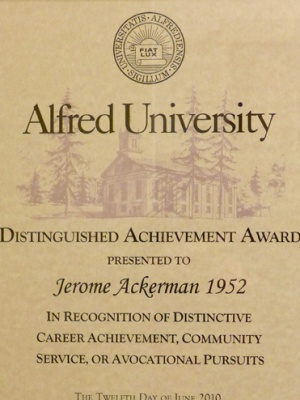
2010
Jerome receives the Alfred University Alumni Award for Distinguished Achievement. 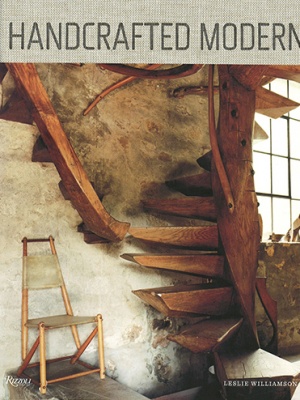
2010
Handcrafted Modern explores the homes of living post-WWII designers and includes the Ackermans with Ray and Charles Eames, Walter Gropius, George Nakashima, and others. 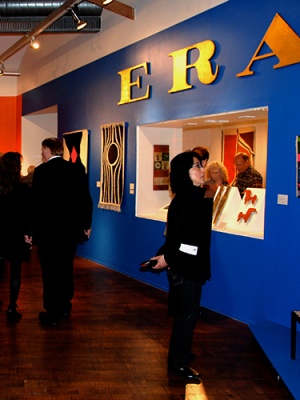
2011
Hundreds attend the opening of A Marriage of Craft and Design: The Work of Evelyn and Jerome Ackerman at the Craft and Folk Art Museum, Los Angeles, California. 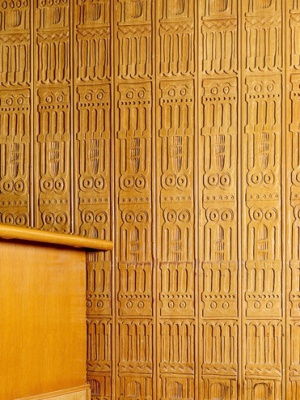
2011
The UCLA Faculty Center (architects Austin, Field, & Fry with Welton Becket) is saved from demolition in part due to the 20-foot long installation of Evelyn’s Panelcarve series, Castles, behind the bar. 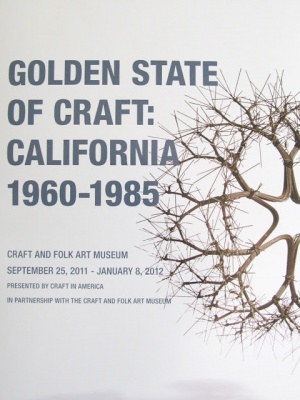
2012
Representing the works from the seminal California Design exhibitions, Golden State of Craft: California 1960-1985 opened on Jerry Ackerman's 92nd birthday at the Craft and Folk Art Museum, Los Angeles. 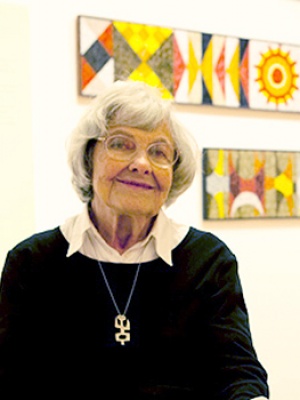
2012
Evelyn Ackerman passes away on November 28, 2012. 
2012
Women, including Evelyn Ackerman, who made California a preeminent center of American design and craft are featured in California's Designing Women, 1896-1986 from the Museum of California Design at the Autry National Center, Griffith Park. 
2012
The Los Angeles County Museum of Art exhibition California Design, 1930-1965: Living in a Modern Way includes the Elipses mosaic and travels to Japan, New Zealand, and Australia. 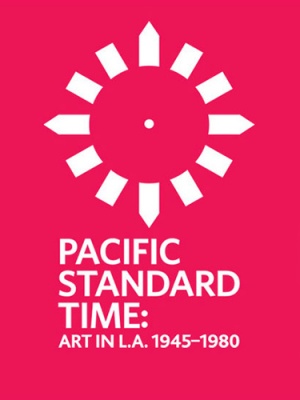
2012
The Ackermans' work is included in three exhibitions for Pacific Standard Time: Art in L.A., 1945-1980 sponsored by the Getty Foundation. 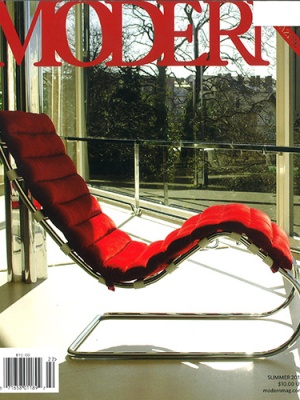
2012
"An Affair of the Heart" appears in Modern Magazine. 
2012
The American Museum of Ceramic Arts inaugural show, Common Ground: Ceramics in Southern California 1945-1975 represents a who's who of postwar ceramics including the Ackermans. 
2013
The Ackermans appear in A Handbook of California Design 1930-1965, biographies of significant mid-twentieth-century figures in California design. 
2013
With architects Don Gibbs, Gin Wong, and Kurt Meyer (not shown), the Ackermans receive the Los Angeles Conservancy Modern Committee's Modern Masters Award for lifetime contributions to architecture and design in Los Angeles. 
2014
Hand-In-Hand: Ceramics, Mosaics, Tapestries, and Woodcarvings by the California Mid-Century Designers Evelyn and Jerome Ackerman is the first book on the Ackermans' contribution to California mid-century modernism. With a foreward by Jonathan Adler, the book tells the story of a successful collaboration and celebrated partnership, not only in design, but in life. 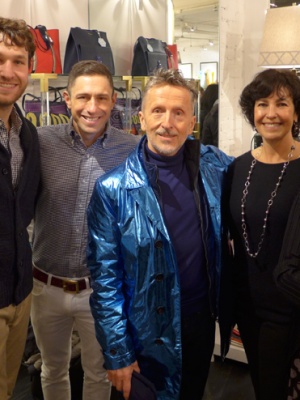
2014
Jonathan Adler hosts a launch party for Hand-in-Hand at his New York store with SImon Doonan. 
2015
Trina Turk joins book authors Lisa Thackaberry and Dan Chavkin in her Palm Springs store for a signing event during Modernism Week. 
2015
A sell-out crowd attends Palm Springs Modernism Week "Masters of Midcentury California Design: The Story of Evelyn and Jerome Ackerman" with film, presentations, panel, and exhibition. 
2015
Premier of documentary film In Tandem: The Life and Work of Jerry and Evelyn Ackerman by Margaret Halkin and Katie Natornis. 
2015
Architect Don Wexler and Jerry Ackerman unveil Zodiac Panelcarve doors at Eisenhower Medical Center, Palm Springs. 
2017
Frank Brothers: The Store That Modernized Modern at the University Art Museum CSULB includes Garden hooking from the Frank's personal collection. It was one of many contemporary stores that sold Ackerman designs on the West Coast. 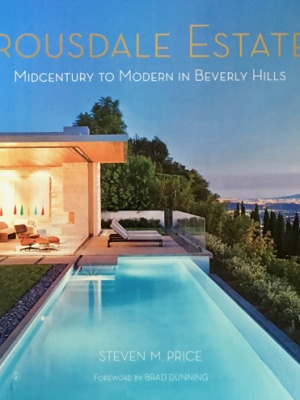
2017
Ucello Panelcarve doors are featured in the coffee table book Trousdale Estates: MIdcentury to Modern in Beverly Hills. 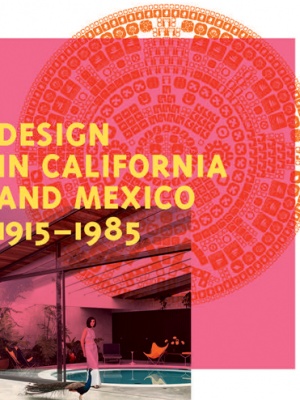
2017
The Ackermans' work is included in the Los Angeles County Museum of Art exhibition Found in Translation: Design in California and Mexico, 1915–1985 examining the interconnections between the design and architecture of the neighboring regions. 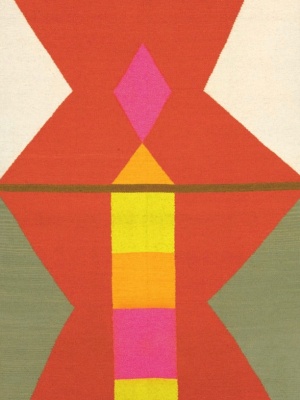
2017
The Los Angeles County Museum of Art publishes a Launch Pad tapestry journal in conjunction with it’s Found in Translation exhibition. 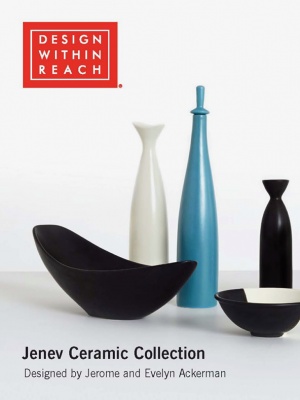
2017
Design Within Reach collaborates with Ackerman Modern on an exclusive Jenev Ceramics collection reissue. The pieces, designed by Jerry in 1953, were selected from the originals and made with molds precisely copied from the masters. 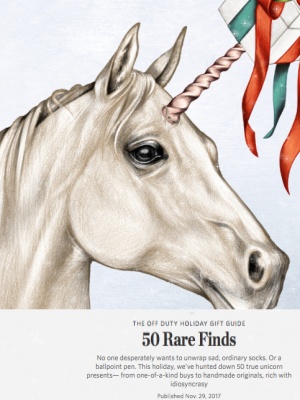
2017
The Wall Street Journal features Jenev bird candle holders cast by Jerry Ackerman at age 97 in “The Off Duty Holiday Gift Guide: 50 Rare Finds.” 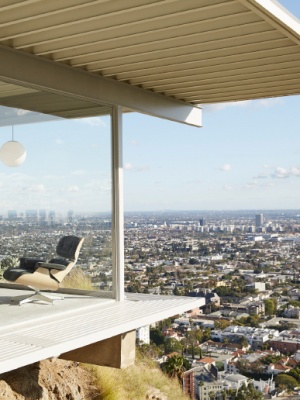
2018
Pierre Koenig’s Case Study House No. 22 (Stahl House) serves as an iconic backdrop to Jenev ceramics and Eames lounge chair thanks to a Design Within Reach refresh. 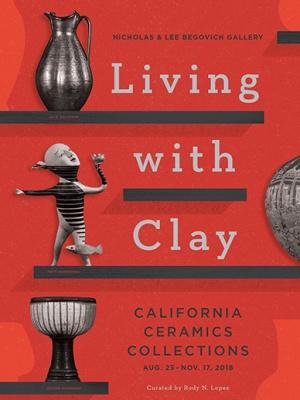
2018
The exhibition Living with Clay: California Ceramics Collections showcases Jerry Ackerman’s contemporary hand thrown pieces at Cal State Fullerton. 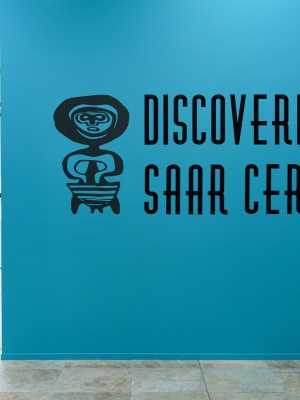
2018
Jenev ceramics serve as a counterpoint in the exhibit Discovering Saar Ceramics at the American Museum of Ceramic Art. 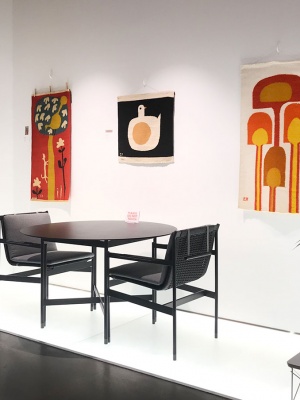
2019
Modern Phoenix Week hosts “In Tandem” with a mosaic and tapestry exhibition, film screening, and insights from daughter Laura about “growing up modern” in her parents’ studio and showroom. 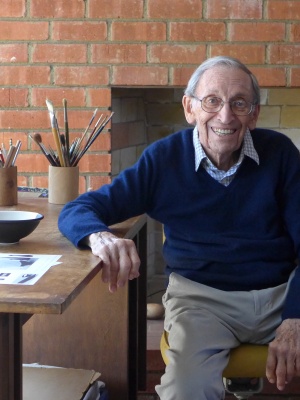
2019
Jerome Ackerman passes away on March 30, 2019 at the age of 99. 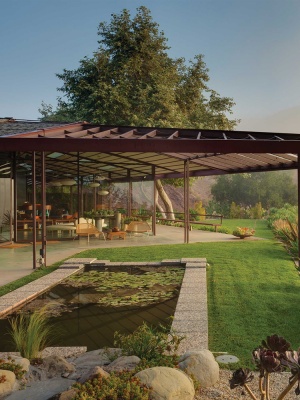
2019
The Museum of Ventura County’s exhibition California Cool: Mid-Century Modernism on the Central Coast focuses on post-war Southern California art, architecture, and design. 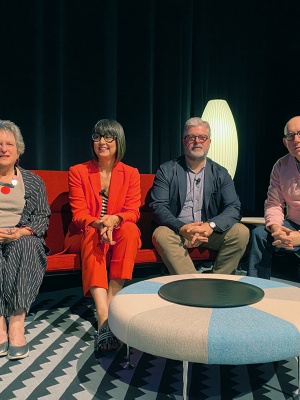
2020
Dale Gluckman, Trina Turk, Gerard O’Brien, and David Keeps delve into the Ackermans’ design legacy and love story at the "Partners in Design" event at Modernism Week. 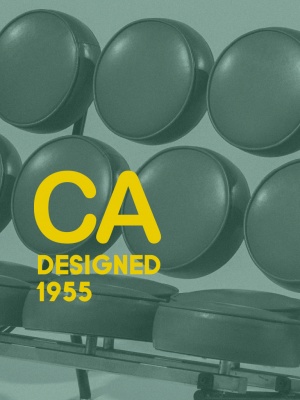
2020
The Long Beach Art Museum opens two exhibitions with Evelyn’s mosaics, CA Designed 1955 and Decade by Decade: Women Artists of California. 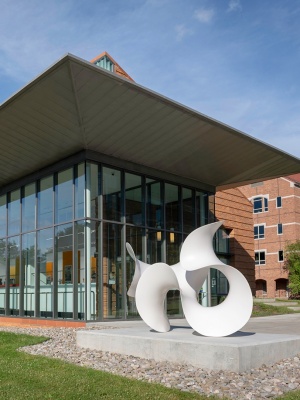
2020
The Jerome Ackerman Endowed Internship at the Alfred Ceramic Art Museum, established in honor of his 100th birthday, offers a School of Art and Design student in-depth exposure to museum professional practices. 
2020
In honor of the Ackermans, the Evelyn and Jerome Ackerman Endowed Scholarship at Wayne State University, is established for an undergraduate art student from the College of Fine, Performing, and Communication Arts. 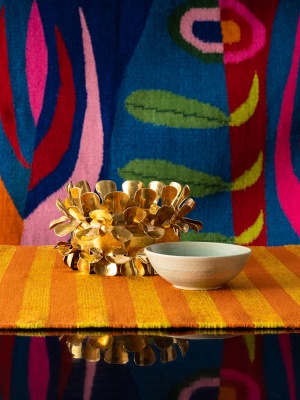
2022
Born Too Tall: California Women Designers, Postwar to Postmodern at R & Company NYC features Ackerman, Eames, Falkenstein, Fisch, Guermonprez, Grossman, Maruyama, Renk, Riley, Schwarcz, Sekimachi, Weir, Wong, and Wildenhain. 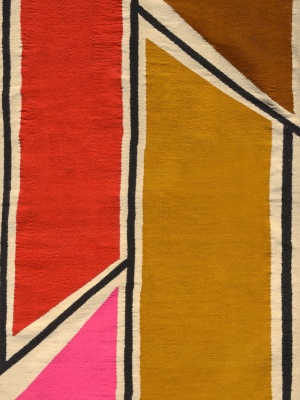
2023
Acquisitions include an Aerial View tapestry for the Milwaukee Art Museum, adding to the 20th and 21st century design collection, and a Campesina tapestry for The Henry Ford Museum, representing the first Ackerman piece in a museum in their native Michigan. 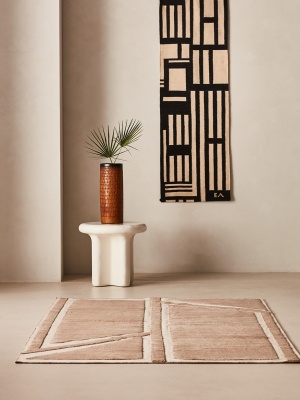
2023
Modern retailer CB2 adds the Ackermans’ “timeless midcentury modern design” to their CB2 Design Legends roster and launches a capsule collection in honor of their 75th anniversary. 




























































































































































































































